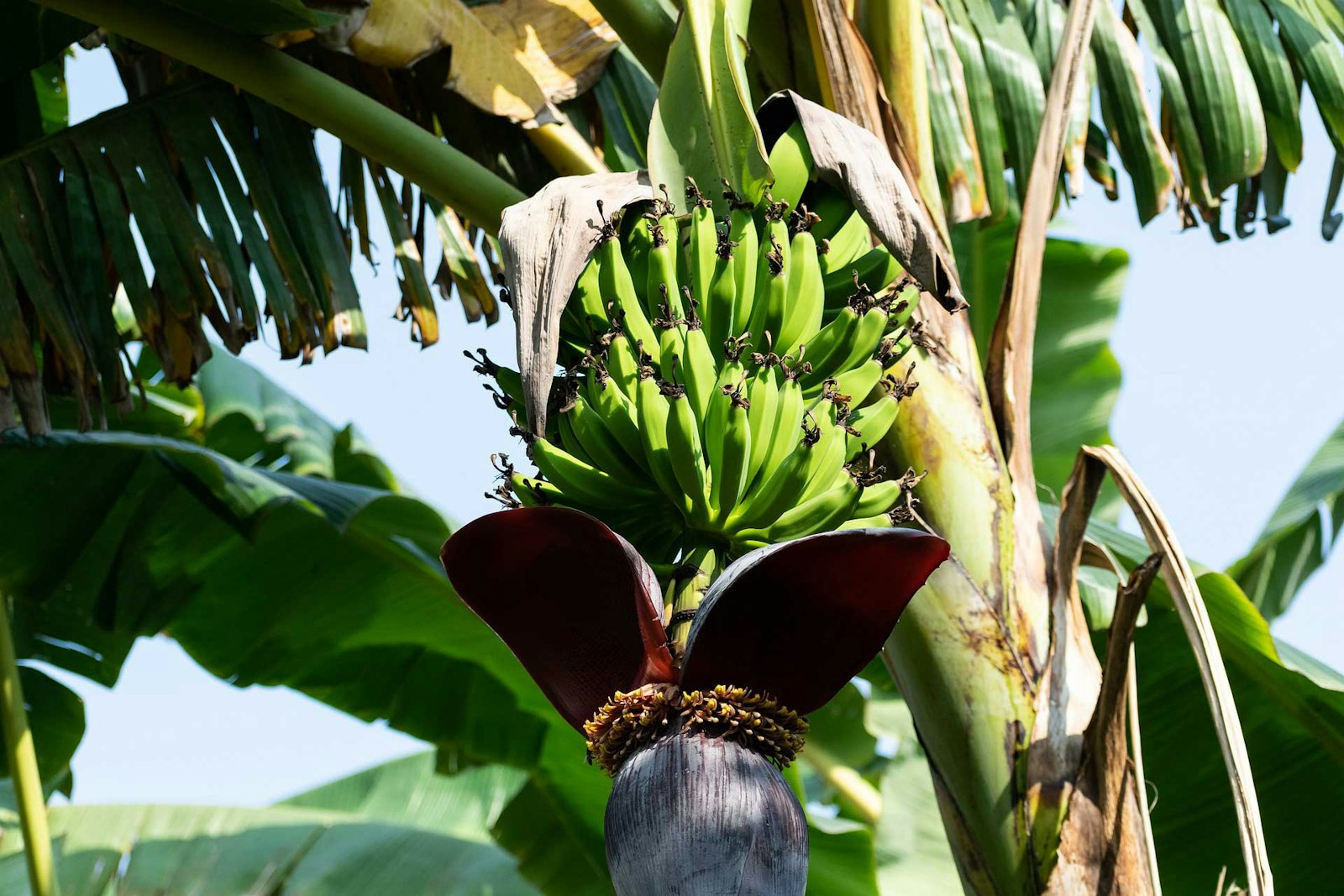Deepen Your Understanding of Indigo
Dagmar Klos is a master dyer, fiber artist, and teacher. From 1995–2006, she served as copublisher and coeditor of the Turkey Red Journal, a newsletter dedicated to natural dyes. Recently she has released two workshop videos through Interweave, Natural Dyeing_ and_ Overdyeing with Natural Dyes. We asked her here today to share a valuable lesson she learned about dyeing with indigo. _You can also visit Weaving Today to read a post Dagmar wrote aboutdyeing with marigolds._
 Indigo-dyed t-shirts for volunteers to be worn at a fund raising event for the Fine Line Creative Arts Center, St. Charles, Illinois. Courtesy of Dagmar Klos. | |
Dagmar: Indigo is a magical dye that never ceases to amaze and at times proves to be quite elusive. It's an ancient dye that has been used by many cultures throughout the world; much lore and ritual surrounds it. It's like magic: white yarn or cloth comes out of the indigo vat yellow green but quickly turns blue as it reacts with the oxygen in the air. My experiences with indigo have been interesting, to say the least. I can honestly say that I have made just about every mistake you can make in learning to master this dye. At the time they were very frustrating, but now I realize those mistakes were essential in deepening my understanding of it.
Over the years I had several teachers, all master dyers—Dorothy Miller, Michele Wipplinger, and M. Joan Lintault, to name but three. Each one provided me with a different degree of understanding of indigo. M. Joan Lintault provided me with a recipe for an indigo vat that is "supercharged" and that everyone loves. Michele is ever so precise about the process, the temperature, the amounts of indigo, and the auxiliaries used. Then Dorothy came along, and her approach was much more casual and laid back. When I questioned her about specifics her response me was, "Oh, little bit of this, a little bit of that, just see how it works."
 Detail of a stitched resist, Japanese larch design, karamatsu.Courtesy of Dagmar Klos. | |
She came one summer to teach an indigo workshop using a naturally fermented indigo vat. A few of us in the workshop were to get it started per her instructions before she arrived so that it would be ready to go. Although we followed her instructions carefully, we didn't think we got the fermentation process going.
As her arrival neared we were anxious. The master dyer was coming to town, and we couldn't even get this indigo vat going. What were we going to do?! How was this workshop going to proceed?! Dorothy arrived, and we carefully explained everything we did, and our concern that it wasn't going as planned. She responded that we needed to switch to what she called a faster acting vat (which is more commonly known as a chemical vat). This worked, but as we spent time dyeing with this wonderful blue dye we continued to discuss and ask Dorothy why the natural fermentation vat didn't work. She finally looked at us and said, "Indigo is a smelly, scummy, mess-making vat dye. Unpredictable results emerge, blue stains cover the ground, the vat functions one moment and dies the next. Why shout about it?"
She helped us realize that indigo always has a mind of its own no matter how precise we are. Now when I teach the indigo process to others, I share this wisdom with them and tell them not to give up—just keep at it, and with practice they too will deepen their understanding of this elusive color.
—Dagmar Klos

